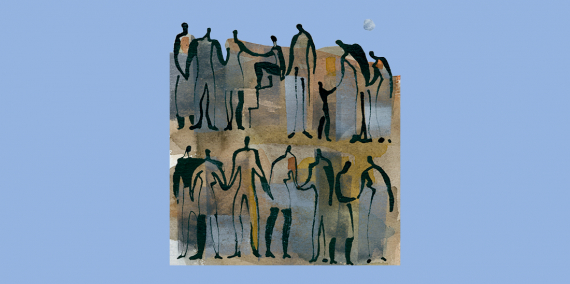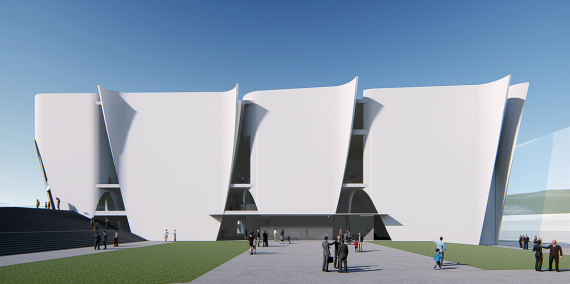SubjectUrban planning and infrastructures

In terms of urban design, a “plaza dura” is deemed to be a solution for the urban planning of a public space with a large surface area, generally made of granite or concrete, with hardly...

It is not by chance that the pandemic has especially hit big cities like Barcelona. Open to the world, its power of attraction and connectivity have made the city more fragile. We must...

Ramón López de Mántaras
Artificial intelligence (AI), a term coined in the late 1950s, is a common topic when talking about the future of work or the transformation of cities. The application possibilities for...

In La gent del carrer Montcada [The People of Montcada Street], Albert Garcia Espuche reflects five hundred years of life on one of Barcelona’s most iconic streets. The author...

It is at times of crisis that today’s deficiencies and challenges become increasingly apparent. Fortunately, future priorities may also come out stronger. The Covid-19 lockdown has made...

One of the attractions of city life is proximity, closeness and life...

In recent years, the possibility of a Hermitage Museum franchise has been considered in a location in the Port of Barcelona, to permanently install part of the Russian collection in our...

Barcelona pròxima, besides bestowing high praise on technocracy, is an urban planning manual, an intellectual biography, a compendium of urban history, a philosophical essay and a...
The newsletter
Subscribe to our newsletter to keep up to date with Barcelona Metròpolis' new developments


